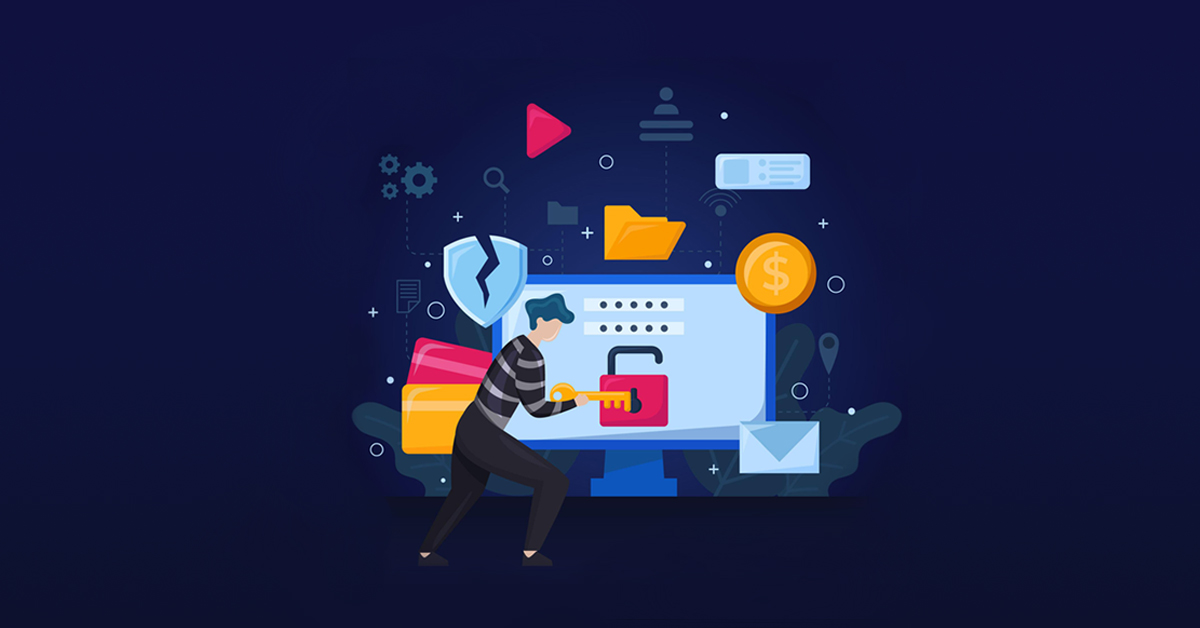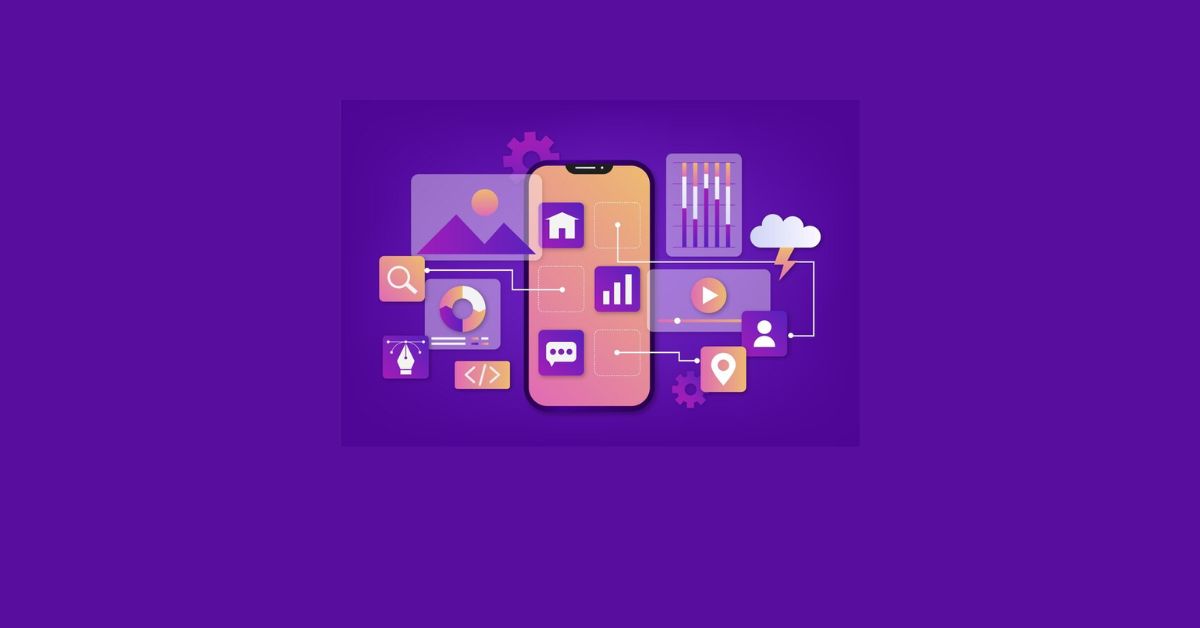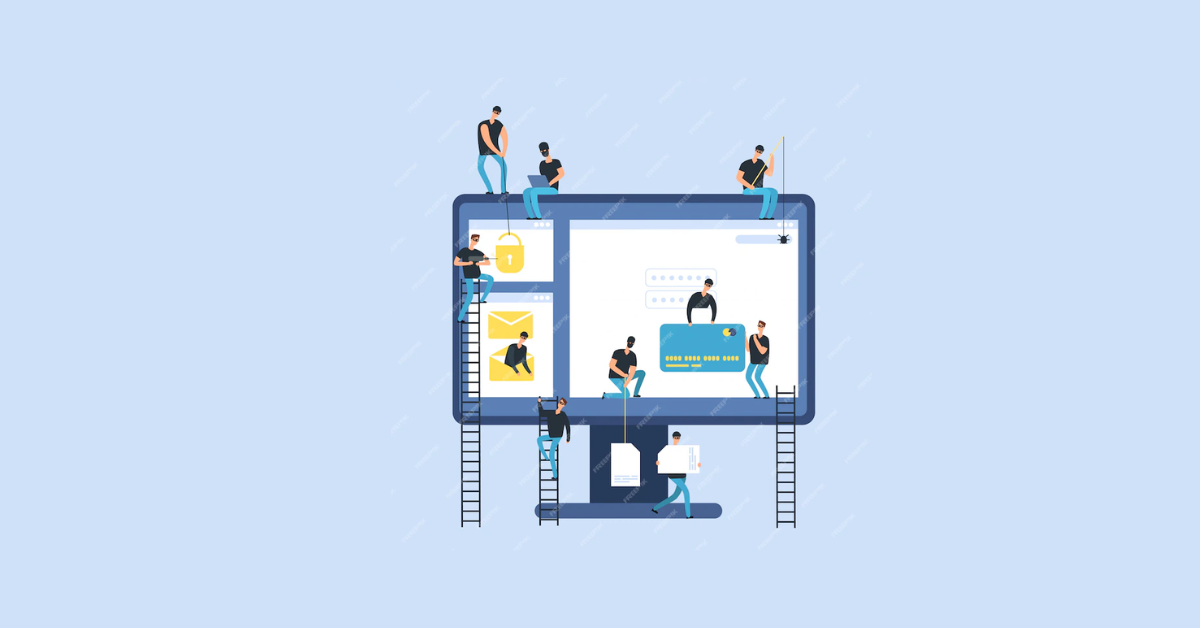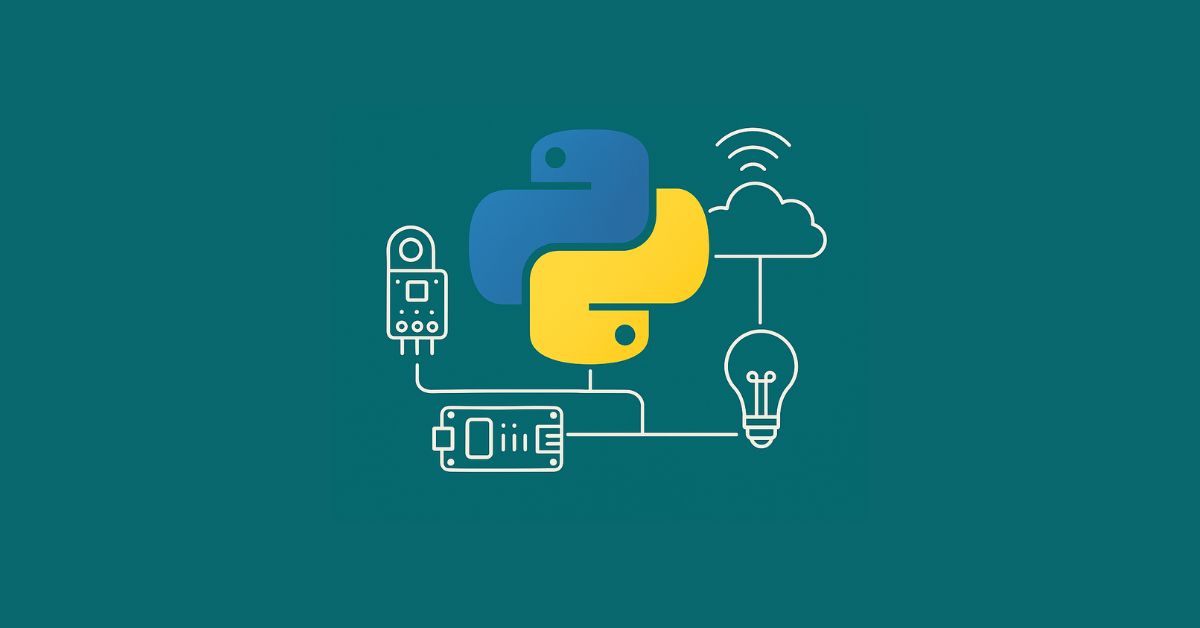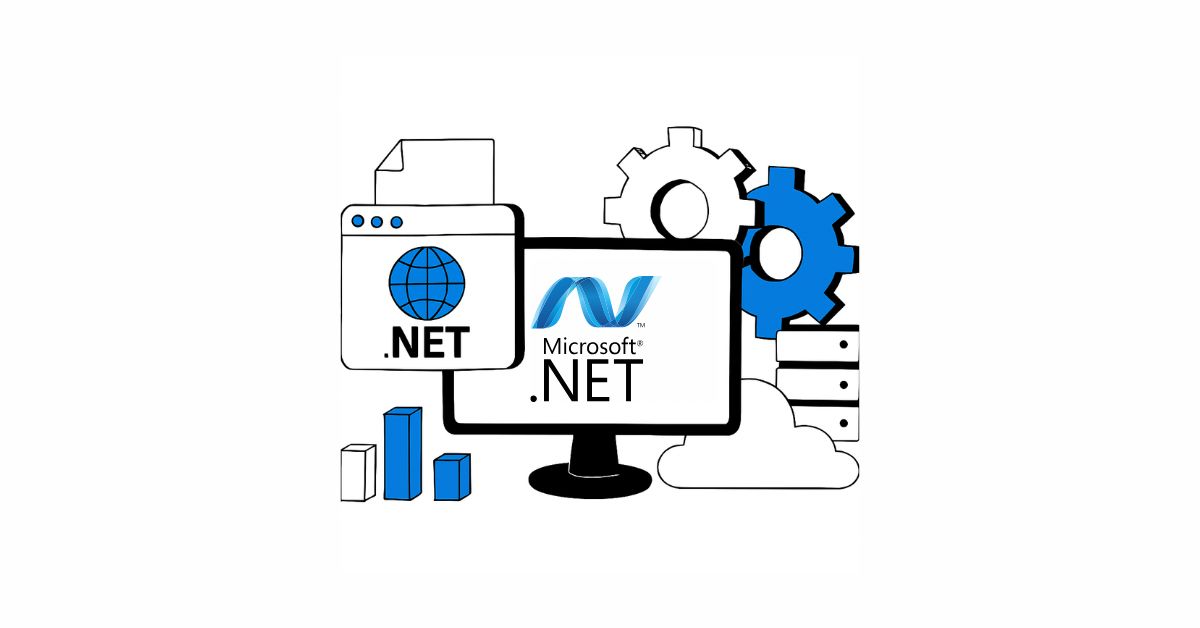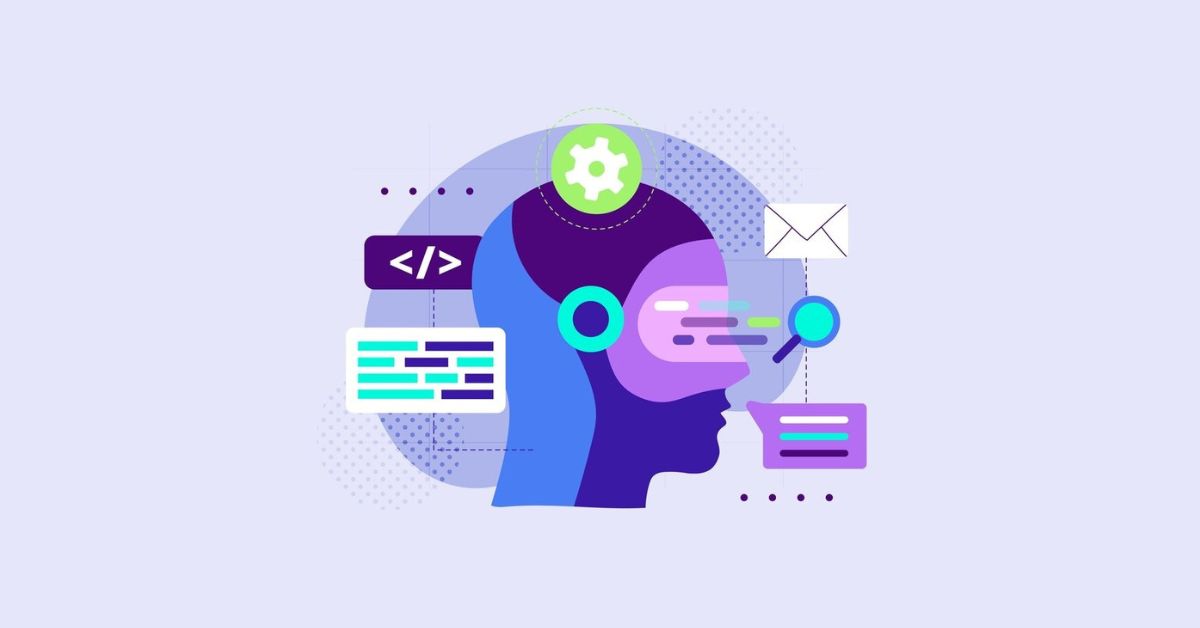One of the most crucial components of modern organizational protection is cybersecurity. Everyone working for a company, including the IT division and employees, must use cybersecurity procedures to protect their data. Today’s data-driven society is more vulnerable to bullying and cyberattacks. Hence to thwart the threat against businesses, its stakeholders must take necessary measures to protect the business. Let us discover the cybersecurity best practices to adopt in 2024 to ensure that your business is safe and protected!
However, before we explore these practices, it is essential to understand the concept of cybersecurity.
What is Cybersecurity?
Cybersecurity is the protection of systems programs and applications from cyber-attacks. These attacks are often aimed at businesses to change, access, or damage sensitive and crucial information. A few of these attacks are intended to extort money from businesses as well by ransomware or interrupting business processes. The number of methods a cyber attack can occur has only increased in recent times. So it is important to make sure that your company has adopted the cybersecurity best practices to protect itself from these malicious entities.
6 Cybersecurity Best Practices to Adopt in 2024
1. Training your Employees
As a business entity protecting your data, includes protecting the data of your employees as well. Their dedication and diligence are what have allowed your business to grow and flourish. Hence, when the best way to protect your business is by training your employees.
The employees of your organization must be taught how an attack can be prevented, and also what to do in case of an attack. In a way, your employees are the first line of defense against a cybersecurity attacks. Hence, they must be prepared to protect their and the organization’s data.
Training your employees is essential because each employee has a part to play. While they are contributors to the organization, they are also protectors of the organization.
2. Using Multi-factor Authentication
With the advent of cybersecurity attacks, multi-factor user authentication is a recent update that was introduced to reduce its potency. The usage of multi-factor authentication will ensure that only proven digital identities will be given access to the organization’s data. This means that for an employee to attain data, they must ensure to access it through multi-factor authentication. This enhances the overall security of the organizations and reduces the chances of being hacked as well.
If you decide to focus on data protection principles such as multi-factor user authentication, then you will be able to stand strong as an organization. Employing this method in your data security will help you prevent instances of phishing and unauthorized access as well.
The organization should also conduct training for the employees to emphasize the areas of data attacks and how to avoid them.
Are you new to cyber security? Want to improve your company’s cybersecurity strategy? Want to defend your organization from cyber-attacks?
3. Regular Software Updates and Management
There is a constant flow of data in any organization. Regardless of the size of your company, you must be aware of the recent technological advancements occurring in software. Rather than using the same software for a long time, you have to make sure to update your software and manage it. This is because tech companies are aware of the increase in cyber threats. Hence, every software update will have an increase in data protection and protection against various harmful attacks against an entity.
So make sure that you are constantly updating your software and are acquainted with its workings.
4. Regular Software Audits and Testing
If you have a strong cybersecurity plan in place already, it is important to conduct regular software audits and testing. This is because it would allow organizations and employees to know what to look for. Organizations will be aware of the criteria to check while defending themselves against the different risks. It is extremely beneficial to do so because with time the various cybersecurity risks are only expanding.
So according to experts, audits must be conducted at least once a year. However, if your business deals with personal information and big data, you should be conducting audits twice a year, which is the minimum. Cybersecurity auditing will help an organization simplify and streamline its tools and processes, which would help create a better defense against cyberattacks.
5. Monitor third-party users and applications
All members of an organization use applications and programs that have access to your organization’s system and applications. However, the implication of this is that third-party users with such access can steal your data, intentionally or unintentionally. This can even cause security breaches. So, you must monitor user activity, especially taking care to restrict access to sensitive information. This way, you can detect any harmful activity and prevent the occurrence of breaches before they begin.
6. Update passwords each quarter
According to experts, it is essential to update passwords regularly. Many of us believe that a password must be assigned once and later we forget about it. However, experts believe that regular updating of passwords in each quarter reduces the risk of getting hacked. Regularly updating passwords can help in protecting your organization’s intellectual property, and confidential files. By updating your passwords each quarter, you are ensuring that your online presence as an organization is safeguarded.
Conclusion
Keeping up with cybersecurity developments while managing your company may seem difficult, but in the long run, it is safe to conclude that this is beneficial to your company. You can protect the company from these security risks by keeping up with current events and trends. It is imperative to allocate resources towards cybersecurity solutions in order to guarantee a safeguard against a torrent of cyberattacks. Furthermore, in order to maintain the appropriate security measures to secure your data, it is critical to comprehend the new risks and practices.
If you haven’t invested in a cybersecurity solution for your organization already so today’s your day to start doing so!

